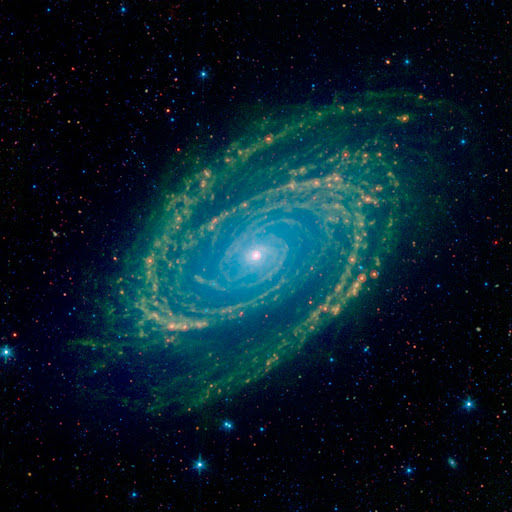Astronomers have discovered an unknown presence at the centre of the Milky way that is blocking cosmic rays. Researchers from the Chinese Academy of Science found that the density of cosmic rays in the central molecular zone (CMZ) is significantly lower than the ones surrounding the sea of cosmic rays, according to the study published in Nature Communications.
The CMZ is a molecular cloud, a type of interstellar cloud of gas that allows the formation of molecules, the most common of which is hydrogen.
Also Read: ‘Watered-down hope’: Experts expected more from climate pact
According to reports, experts have said it is possible that solar masses in the CMZ could be molecular clouds and they are blocking cosmic rays. Around 60 million solar masses can be found, many of those could possibly be complex and giant molecular clouds. It indicates the presence of a high-energy natural particle accelerator at the heart of the Milky Way.
“We conclude that the CMZ should indeed play a role in blocking [cosmic rays] from entering into the very centre region,” researchers wrote in the study.
Also Read: Smog chokes Delhi as air pollution levels soar
“Several mechanisms can impede [cosmic rays] penetration into molecular clouds, such as the effect of magnetic field compression and the self-excited magnetohydrodynamics turbulence. Taking an analogy of the solar modulation effect where low-energy [cosmic rays] are blocked outside of the solar system by the magnetic field associated with solar winds, we briefly discuss the suppression of [cosmic rays] penetration in the CMZ,” it added.
The study, recently published in the scientific journal Nature Communications, says, “Likely, Sagittarius A* was more active in the past and had accelerated [cosmic rays] up to PeV energies which diffuse outwards and collide with molecular gas to produce energetic y-rays”.
Also Read: Gujarat bans those who have not taken second COVID shot from entering public places
“Finally, a component of y-rays from interactions between the CR sea and the materials in the GC region is expected to be present, which is, however, not properly addressed in some analyses.”
Last year, with the help of an infrared astronomy telescope from the Stratospheric Observatory (SO), NASA captured an infrared image of the centre of the galaxy. It spanned a distance of over 600 light years.







